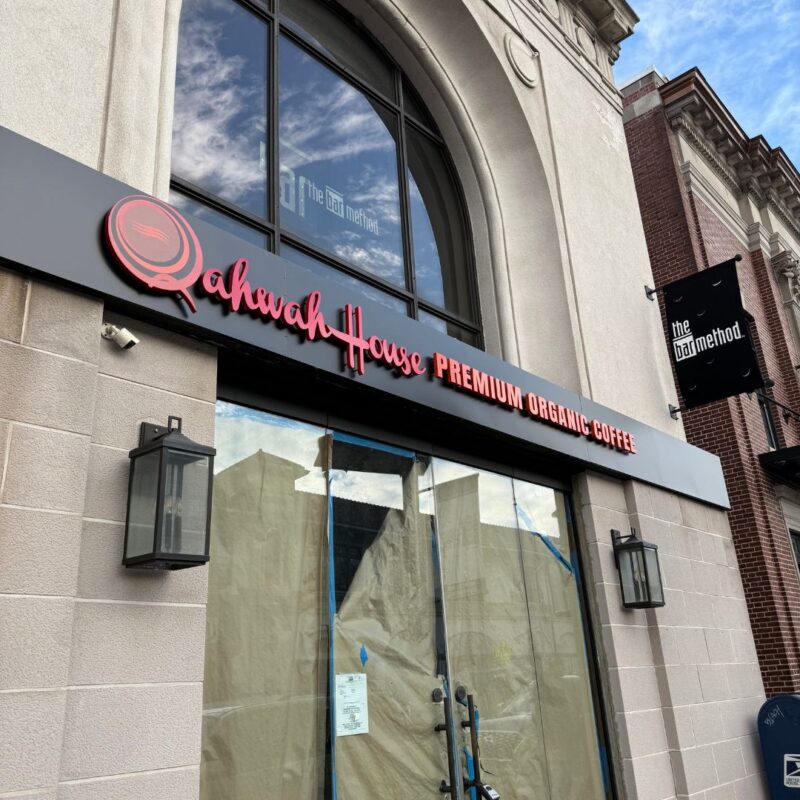From May 16 to May 18, a rail strike in New Jersey halted rail service for 100,000 daily commuters for the first time in over 40 years. Many were forced to take buses, cars, taxis, and boats instead, or considered staying home.
The union, called BLET (Brotherhood of Locomotive Engineers), sought to be paid the same as engineers at other local railroads, such as the Long Island Rail Road. NJ Transit was attempting to prevent overstepping its budget because of its long-standing financial difficulties. The primary goal was to increase the engineers’ pay without triggering a catastrophic financial crisis for the transit agency.
The contingency plan that was developed is comparable to the one that was in use forty-two years ago. It was supposed to begin Monday and involves charter buses traveling from four satellite lots to the Port Authority Bus Terminal in Midtown Manhattan or to PATH train stations in North Jersey.
Each bus could have accommodated roughly 100 people, while a full train could have accommodated up to 1,000. Only around 20% of the 70,000 commuters who enter the city by train will be able to board the buses.
Some commuters who were displaced moved to the current bus routes run by private companies and NJ Transit. Others drove at least some of the way to the city, which increased the already heavy traffic.
NJ Transit lost millions of dollars in revenue as a result of the strike, and providing alternate transportation came at a high cost. As the strike ended, many commuters expressed relief and frustration; some were even thankful for the chance to travel once more.
Rail service did not immediately resume after the strike ended on Sunday. NJ Transit required 24 hours to move equipment back to its correct location and inspect the trains. Service had continued to full operation on Tuesday morning, May 20th.












